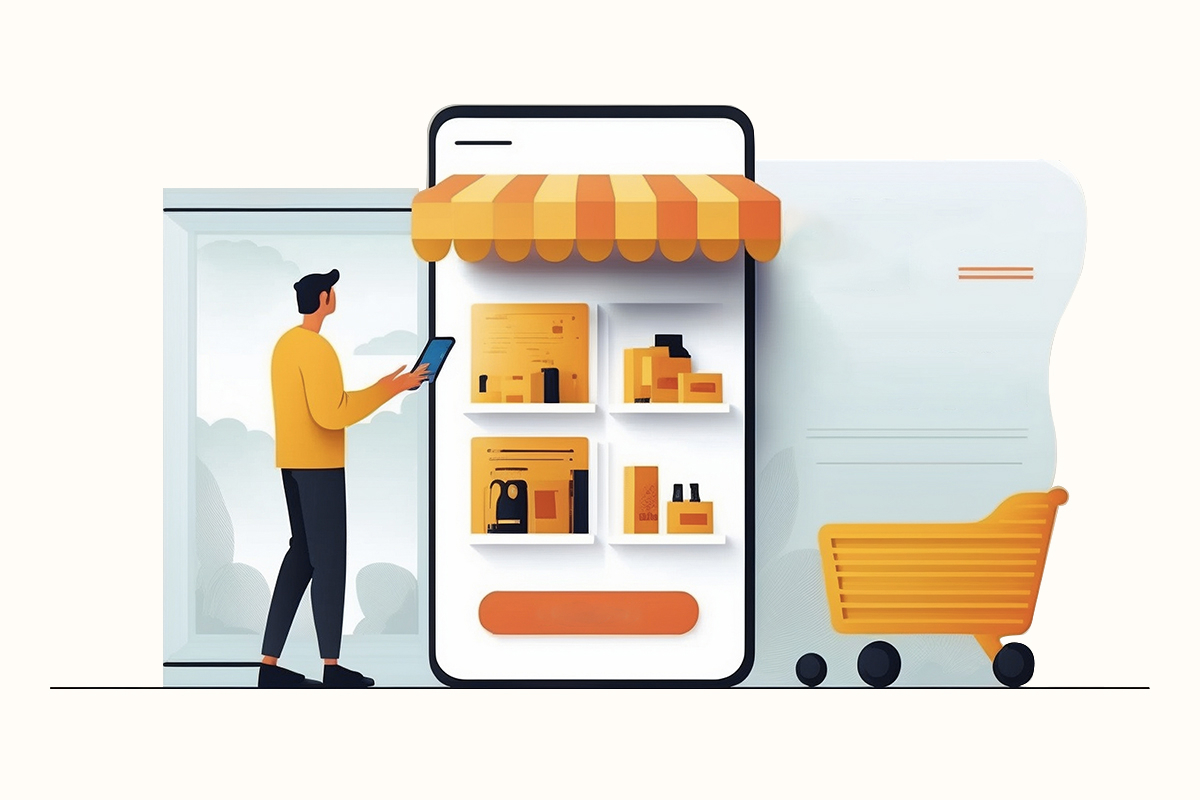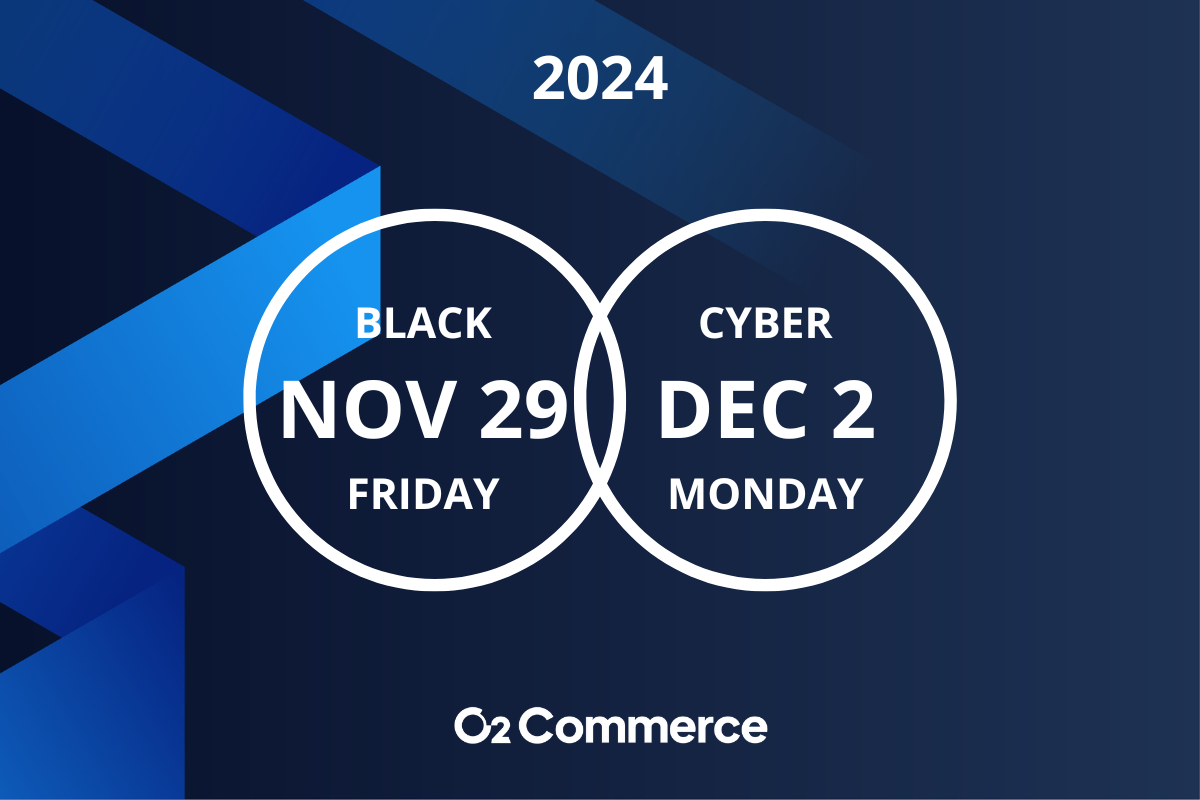
Why going headless is crucial for ecommerce success for auto parts distributors
Online auto parts and components sales are estimated to reach USD 213 billion by 2029. That’s USD 137.8 billion more than in 2022, and most of these sales are driven by online marketplaces. In 2020, Amazon alone sold approximately $13 billion in parts. This is a clear sign that the market is booming, and regional and national automotive parts and components distributors must get in on the action.
However, distributors need to think beyond popular marketplaces to truly thrive in the fiercely competitive online sales of auto parts and components. They must embrace a more strategic and customer-centric approach. This is where the concept of going headless comes into play.
By adopting a headless commerce website, distributors can unlock a new level of flexibility and scalability to remain competitive in a quickly evolving industry. In addition, a headless approach offers users something more than what marketplaces can deliver—a personalized user experience.
What is headless commerce and PWA?
Headless commerce is an API-driven website development approach that involves decoupling the backend functionality of an ecommerce site, such as order processing and inventory management, from the customer-facing frontend, which includes text, colour, images and more. This separation allows for greater flexibility and scalability, as developers can modify and update their frontend interfaces without impacting the backend processes.
Headless commerce empowers the adoption of Progressive Web Applications (PWAs), a website-building framework that harnesses popular web technologies such as HTML, CSS, JavaScript, and WebAssembly. With the ability to function as both a webpage and a mobile app, the integration of headless commerce and PWA offers substantial advantages for ecommerce brands catering to mobile shoppers.
Is PWA suitable for your ecommerce project? To learn how this robust framework can enhance your website’s speed and performance, download our PWA white paper to discover the benefits and reasons why PWA is essential in this mobile-first market. To find out if your platform meets the requirements to successfully implement PWA, contact O2 Commerce, and our team of experts will work with you to help you find the perfect solution for your online ecommerce business.
Enhancing headless commerce for auto parts with APIs
Because 70 percent of shoppers consider the online user experience to be one of the determining factors before calling a sales representative, distributors must ensure that their platform is integrated with robust solutions that enhance the user experience.
Through APIs, ecommerce platforms can easily integrate third-party external services such as Enterprise Resource Planning (ERP) and Product Information Systems (PIM) to manage and organize online catalogue inventory, ensuring accurate and up-to-date product information such as part model and year.
By leveraging APIs, companies can seamlessly push the latest data to their ecommerce platform to ensure it is delivered clearly and in a timely manner to improve the user experience and convert customers.
In addition, APIs also facilitate connectivity with these multi-billion dollar marketplaces, enabling distributors to list and sell on these platforms and continue to expand their reach and customer base.
Pro Tip: To establish a successful online presence, reliable ecommerce platform like Commercetools, Magento, or BigCommerce, are capable of supporting B2C and B2B sales operations. While these platforms provide essential functionalities to get started, many successful online stores go beyond the basics by integrating with top-tier platforms to unlock a
whole new level of features and capabilities. Speak with one of our experts to determine which headless commerce platform is right for your auto parts distribution business.
5 reasons for distributors to go headless
As mentioned earlier, in the highly competitive landscape of auto parts distribution, staying ahead of the curve is paramount for success. Headless commerce’s many advantages have become a game-changer, enabling distributors to elevate customer experiences, streamline operations, and gain a competitive edge to drive substantial business growth.
Easy deployment across mobile and desktop environments
Headless commerce simplify deployment across various devices and platforms, including mobile and desktop environments. With a headless architecture, the front end can be designed and optimized separately for different devices, ensuring a seamless and optimized user
experience and higher engagement and conversion rates.
Flexible and personalized user experience
Thanks to the flexibility of working with a decoupled architecture, auto parts distributors can leverage various frontend technologies and frameworks to design and customize the user interface according to unique branding and customer preferences. This flexibility allows for the creation of visually appealing and intuitive interfaces that enhance the overall shopping experience.
Easier to update
Contrary to a traditional monolith, where modifications can impact the entire architecture, headless commerce allows developers to make changes and updates more quickly with less risk.
With a headless approach, changes and updates can be made to the user interface without disrupting the underlying infrastructure. This agility allows distributors to respond quickly to market trends and emerging opportunities, ensuring a fresh and engaging online presence.
Increased loading speed
Headless commerce plays a crucial role in improving the loading speed of an ecommerce website. Because of the decoupling of both systems, headless commerce allows developers to develop lightweight and optimized frontend code, resulting in faster loading times and a more responsive customer browsing experience.
Faster loading speed also improves user experience and contributes to better Search Engine Optimization (SEO) practices and a better ranking position, ultimately leading to enhanced overall website performance.
Consistent omnichannel experience
Delivering a consistent shopping experience across multiple channels, including websites, mobile apps, and social media platforms, is essential to provide a seamless customer shopping experience.
Distributors can use an omnichannel strategy to ensure that product information, pricing, and inventory levels are synchronized across all touchpoints by centralizing data and content management. This seamless integration creates a unified customer journey, boosting engagement and loyalty.
Uncover the latest trends and strategies for auto parts distributors: download our eBook for actionable insights
In today’s competitive auto parts industry, distributors can gain a significant competitive edge by embracing a headless commerce approach. To learn more about the benefits and best practices of implementing a headless commerce approach for auto part distributors and how to remain an active and competitive player in the industry, we’ve created a free eBook to provide you with valuable guidance to differentiate your brand and explain how to deliver a comprehensive user experience across all channels.
Download our eBook “Boost your ecommerce: Key Insights for the Automotive Component Business”.
If you have any questions on whether headless architecture is right for your business, get in touch with a member of our consulting team, and we will gladly provide you with the tools and information you need to thrive and scale your business.



